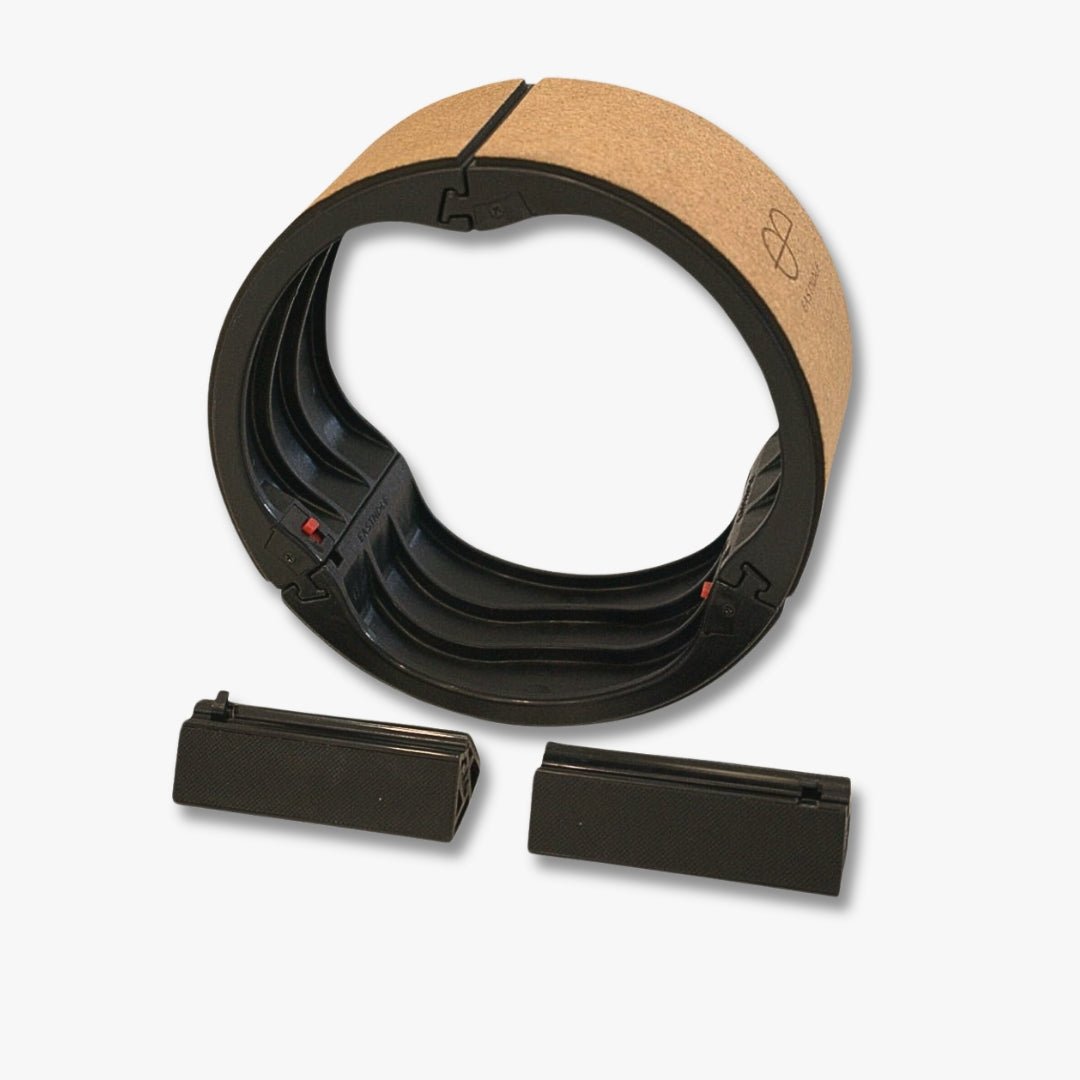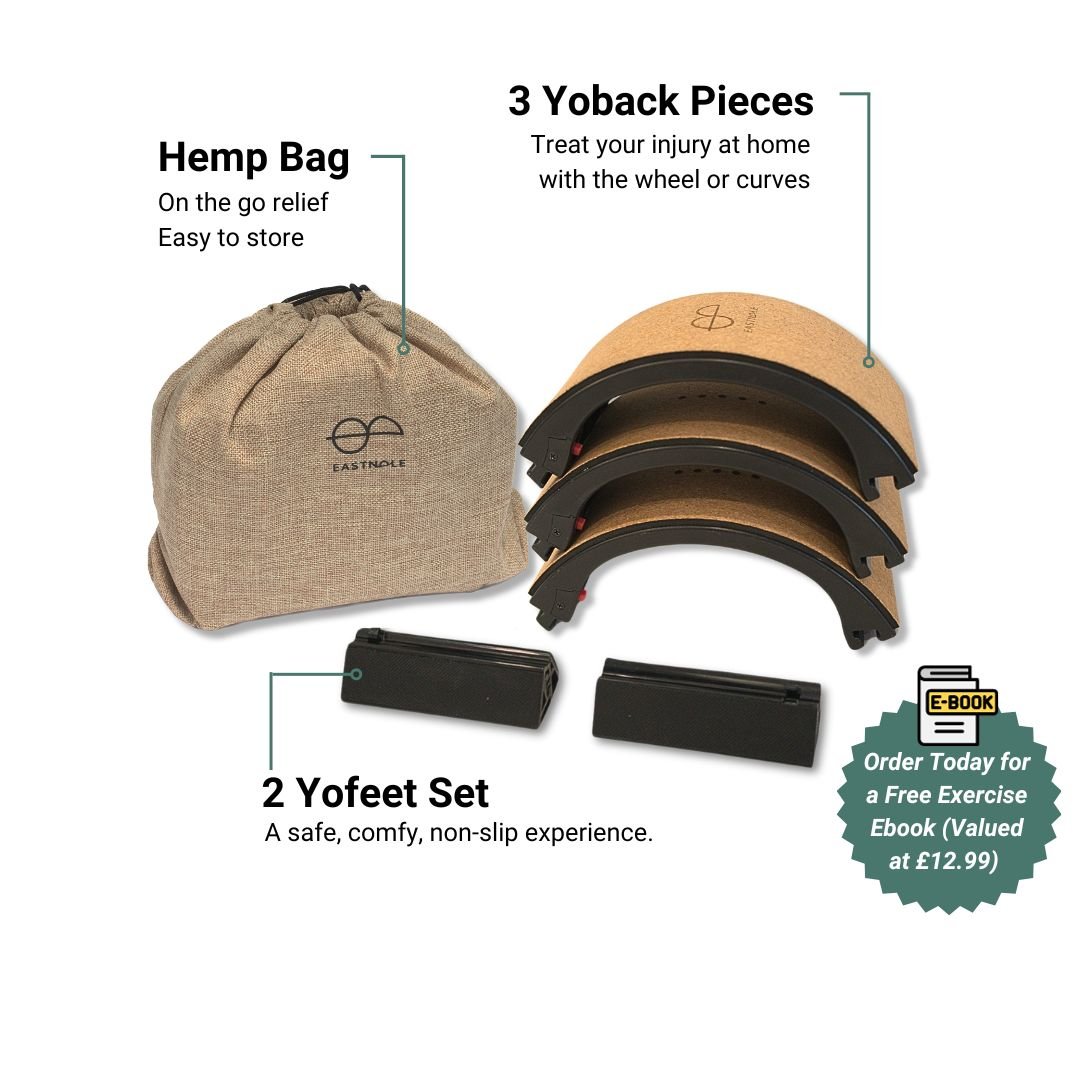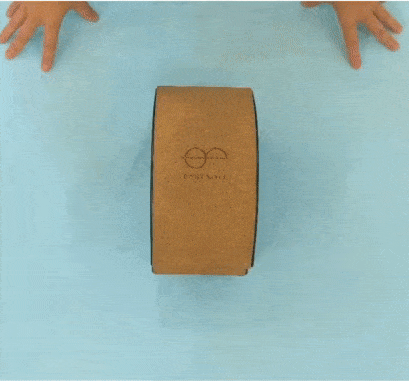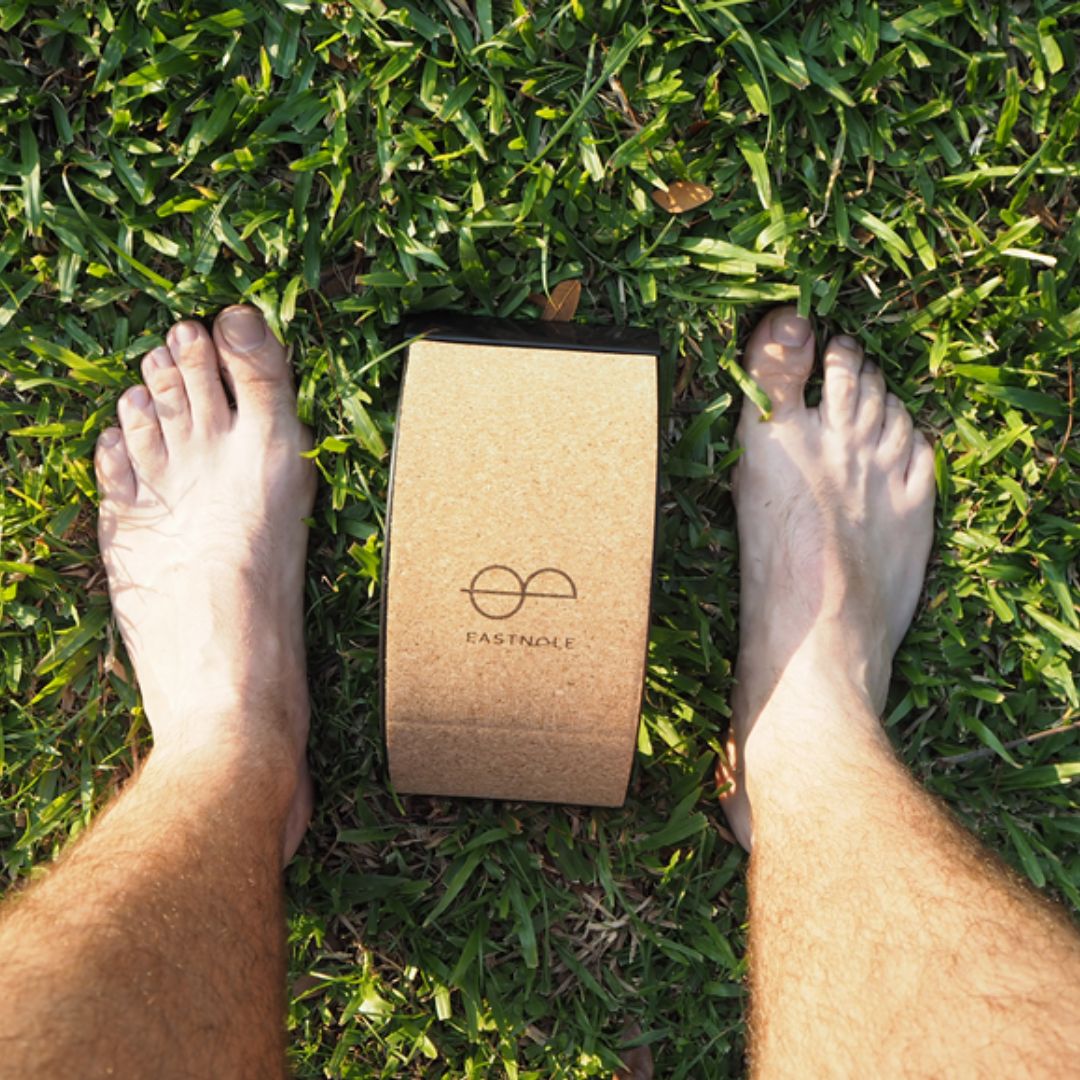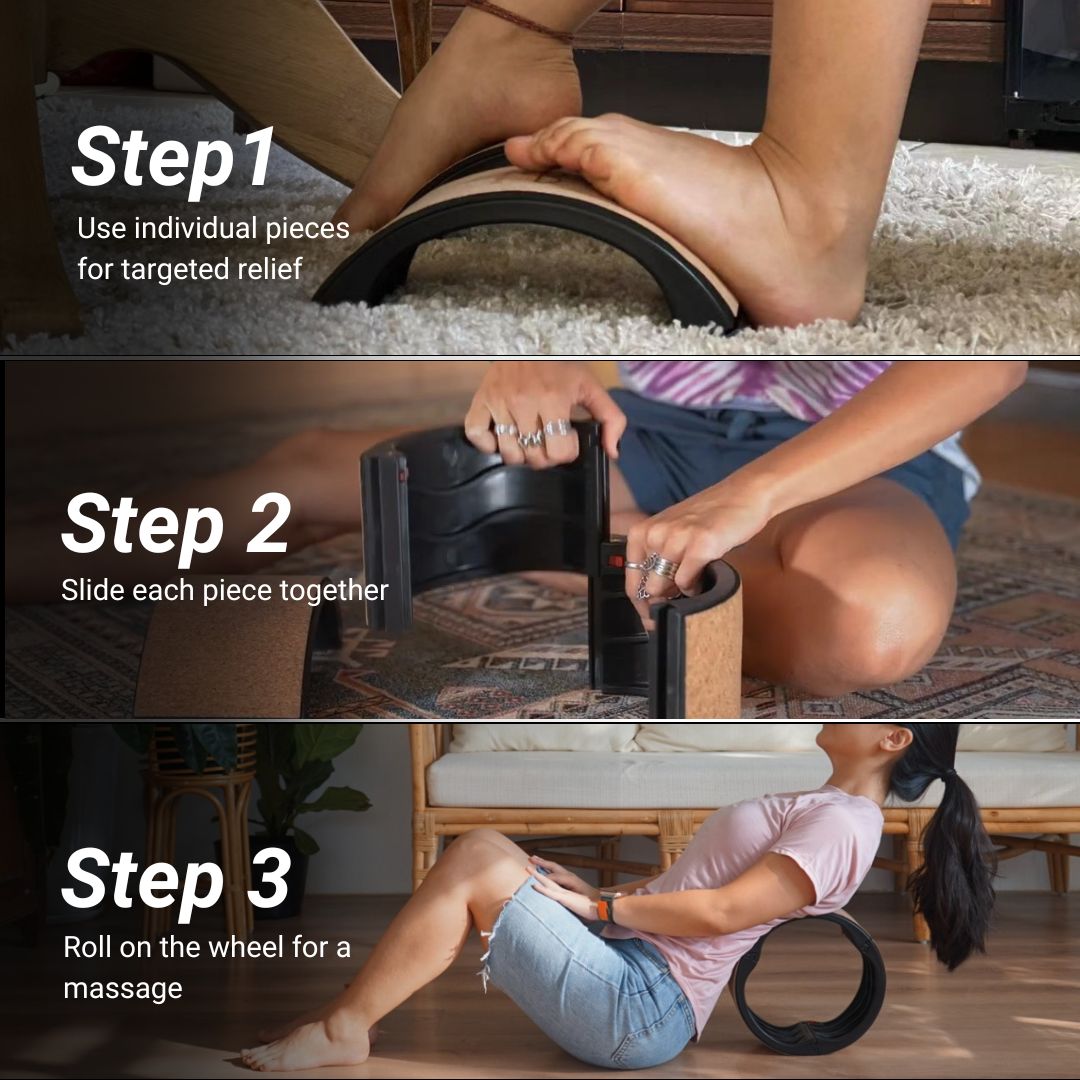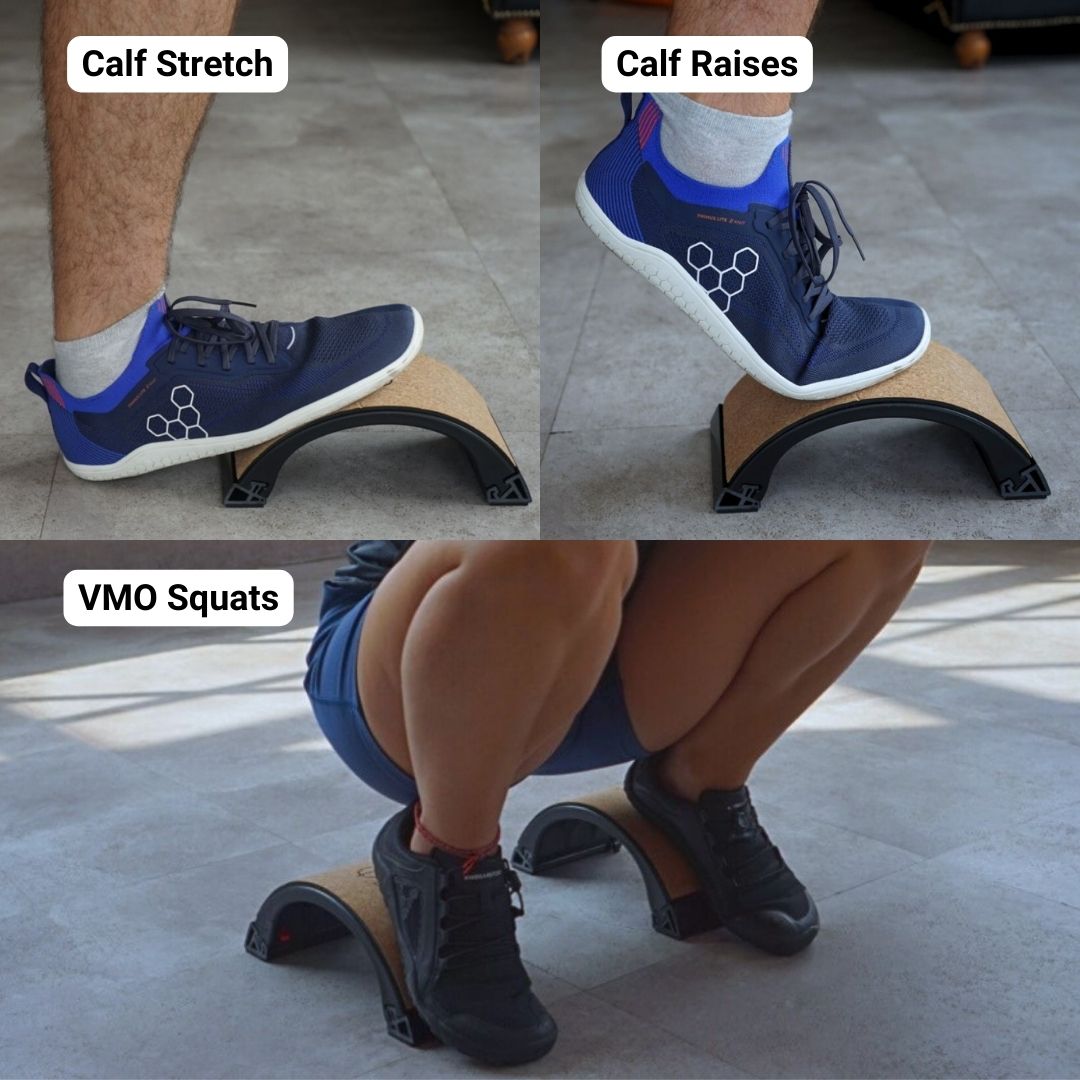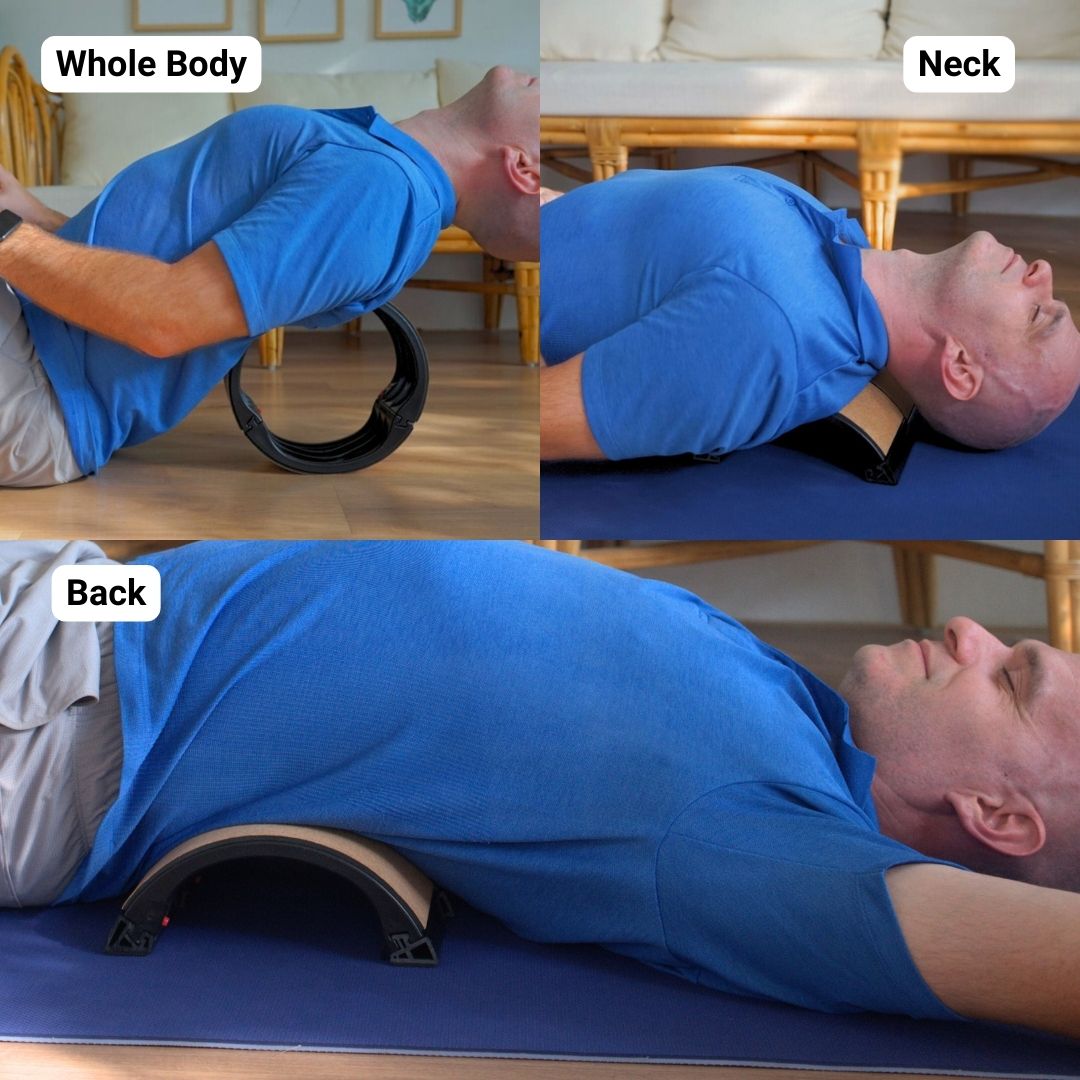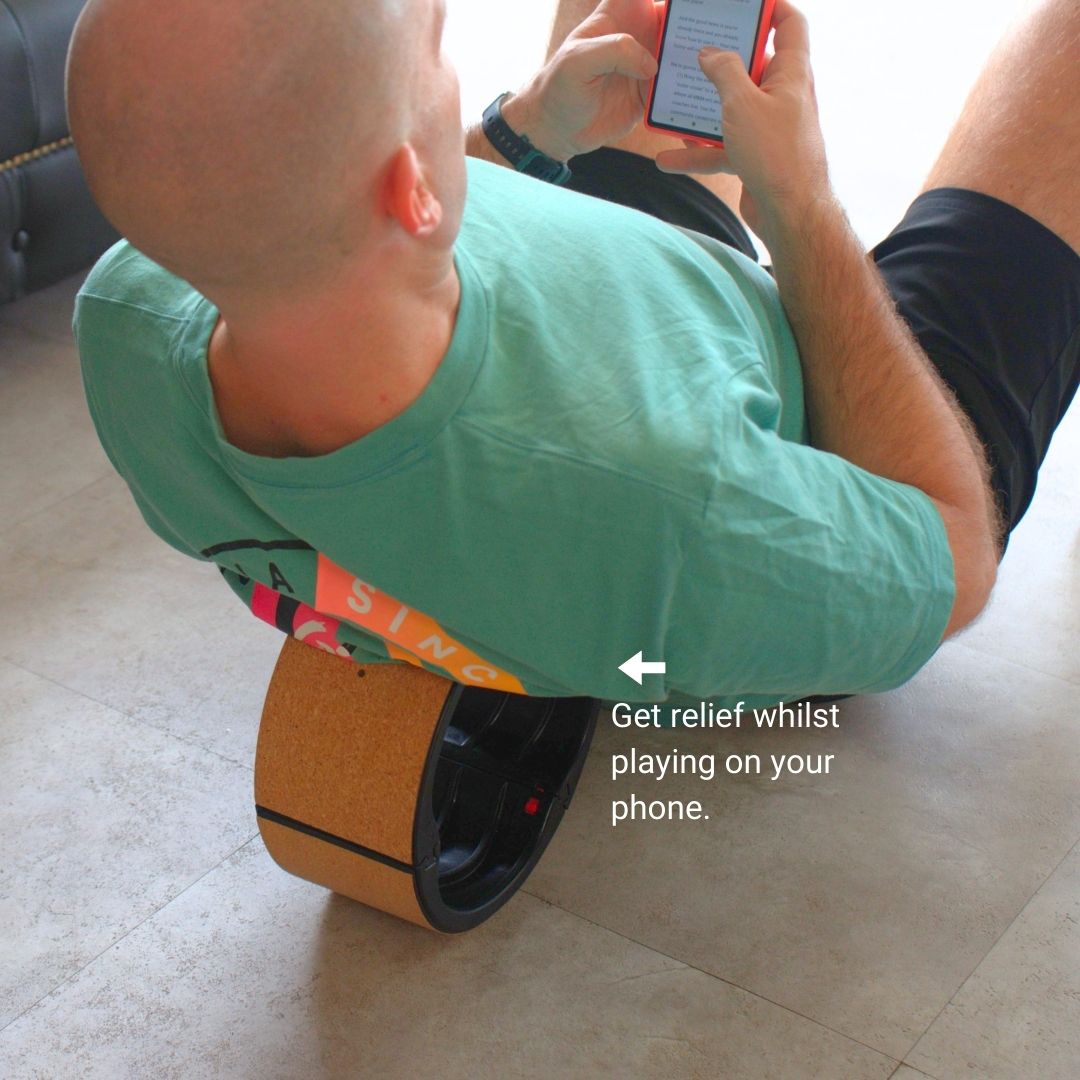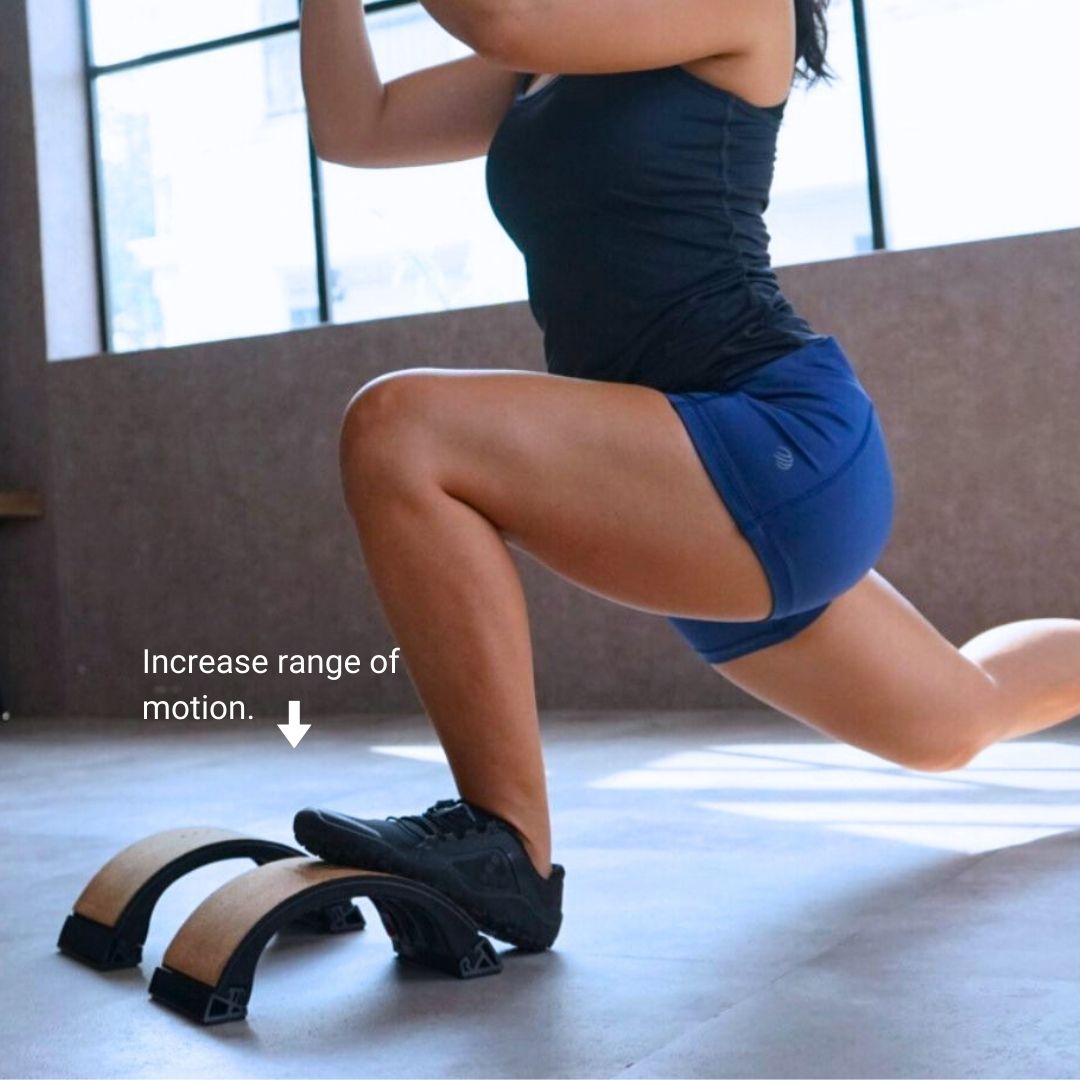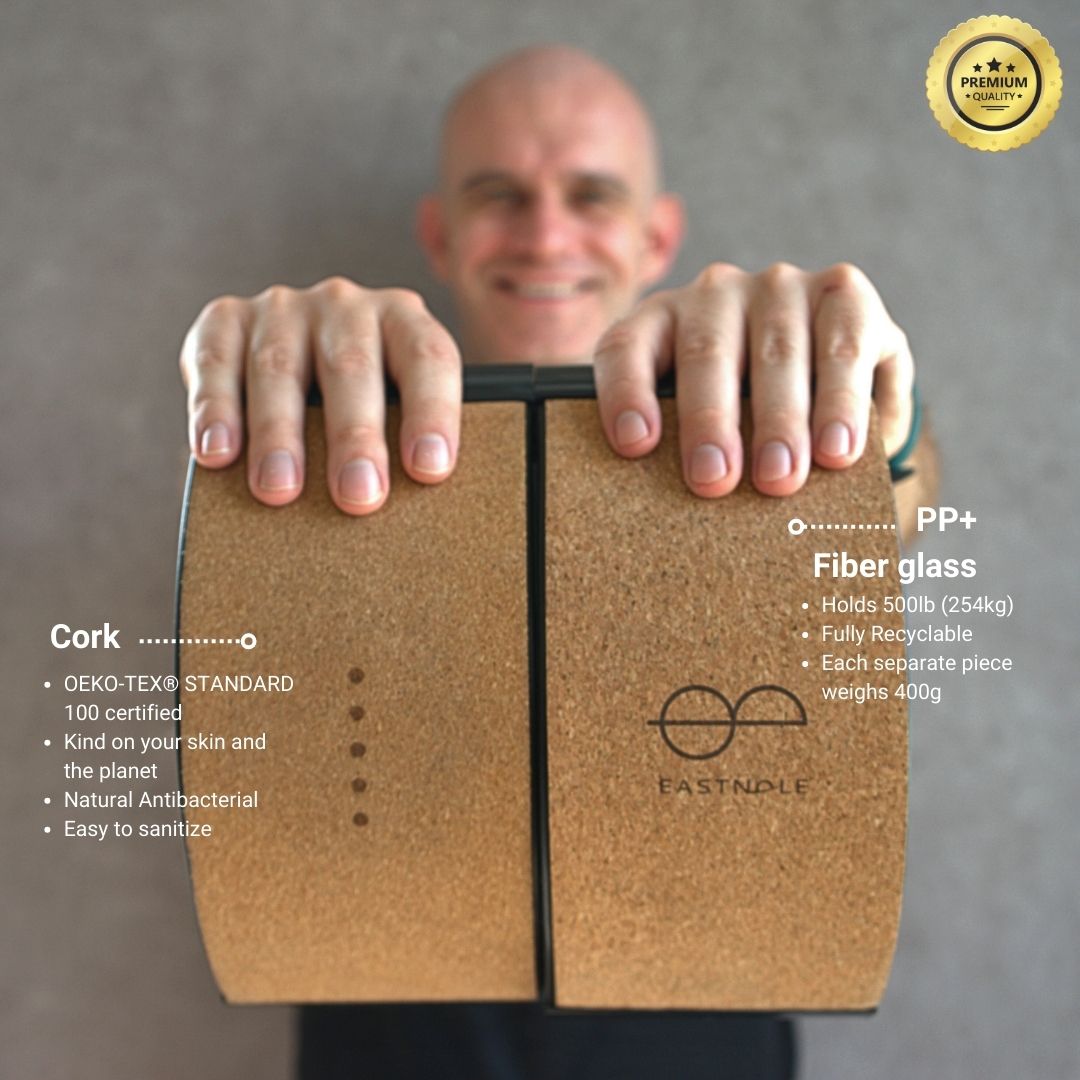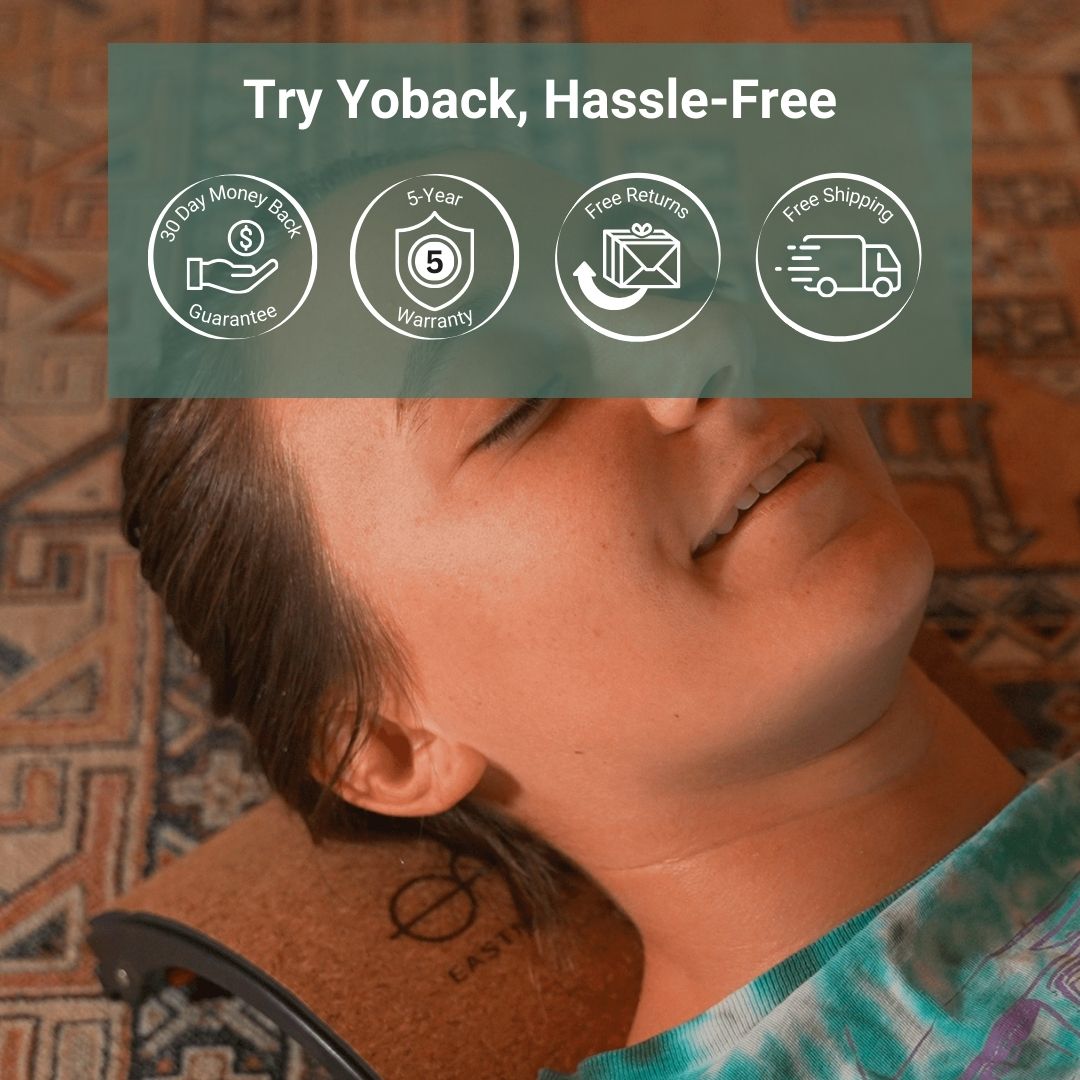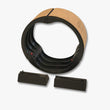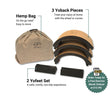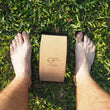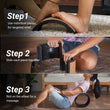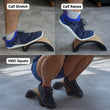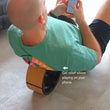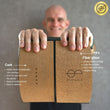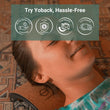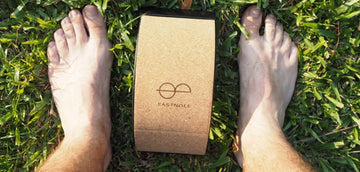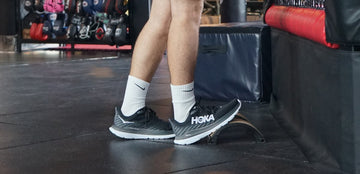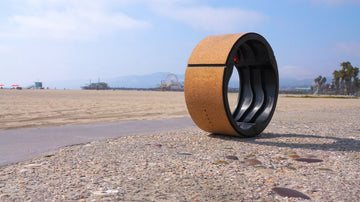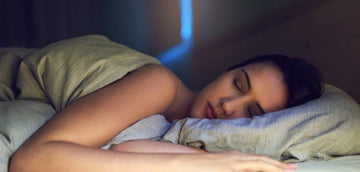
Have you ever tried to sleep with a nagging pain in your lower back? It's like trying to sleep with a mosquito in the room, making it hard to get a good night's rest. Finding a comfortable sleeping position becomes a challenge when your back's in pain. This can lead to waking up multiple times during the night. So, a sore back doesn't just make our days challenging; it can also steal our peaceful sleep at night.
Relation Between Lower Back Pain and Sleep
Lower back pain and sleep share a two-way relationship. For example, lower back pain discomfort may sometimes hamper your good night's sleep. Similarly, people with insomnia or other sleep problems often experience back pain. Sleep deprivation may compromise our body's healing process and heighten pain sensitivity, leading to a vicious cycle of pain.
Your sleeping position plays a crucial role in maintaining your spinal alignment. Although your overall posture is mainly associated with how you sit or stand, the position in which you lie down is critical. People who twist and contort while sleeping often experience lower back pain in the morning. So, to avoid or reduce back pain, it's essential to maintain a good sleeping position. Otherwise, it may put pressure on your lumbar spine and cause stiffness and pain.
What Is The Healthiest Position To Sleep?
Though lifestyle habits like elongated sitting over a desk and lack of movements are the main culprits, awkward sleeping positions can also worsen your pain.
When choosing the proper position to sleep, there's nothing best or healthiest, as personal preference is the most important. For example, I cannot sleep on my belly, no matter how often I try. Therefore, I have listed a few of the best sleeping positions for back pain. Hopefully, you can sleep in some of these positions comfortably.
These positions will put less stress on your lumbar spine so that you can restfully through the night and wake up refreshed in the morning.
- Sleeping on your side while keeping a pillow between your knees is one of the best sleeping positions for lower back pain. It is an excellent position for people who struggle to lie on their backs. However, while sleeping in this position, ensure your shoulder is placed firmly on the mattress. A pillow between your knees will align your spine to your pelvis and hips. Snoring, another common sleep disturbance, is also reduced when sleeping on your side.

- The fetal position can be effective for people dealing with back pain. The fetal position opens up your vertebrae, putting less tension on your discs. Lying in this position prevents your lumbar spine from curving backwards. Also, the position will relieve pressure if you are suffering from a herniated disc issue. To get into the fetal position, roll over to the side and tuck your knees towards your chest. This position rebalances your discs and reduces back pain.

- Sleeping on your stomach can strain your back. If it's the only way you can sleep, ease the pressure on your back by putting a pillow beneath your lower belly and pelvis. If having a pillow under your head doesn't add more discomfort, use one. Otherwise, consider sleeping without one. It's important to note that in most cases, we tend to turn our heads to the side while sleeping in the front. This may twist our spine and put unnecessary tension on the shoulder, neck and back, and thus is discouraged.

- Laying on your back is one of the best sleeping positions for neck and back pain. Laying flat on your back applies less pressure on your spine. Personally, this is my favourite way to sleep when I have back pain. I will often put pillows to my sides to stop me from rolling over during the night. You may also put a pillow or a rolled-up towel under your knees for optimum comfort. These props will support your spine and help it maintain the natural s-curve.

Consider Getting a New Mattress.
Choosing the right mattress can significantly impact lower back pain. The best mattress for lower back pain typically balances comfort and support. Here's a general guideline:
Medium-Firm Mattresses: Many experts recommend medium-firm mattresses for people with back pain. Medium-firm mattresses can provide the dual benefits of supporting the lumbar area while cushioning pressure points.
Memory Foam or Latex Mattresses: These materials contour to the shape of your body, offering support and relieving pressure on painful areas. They can distribute body weight evenly, which can be beneficial for aligning the spine and reducing pressure points.
Adjustable Air Mattresses: These allow you to adjust the firmness according to your preference. Some brands even let you adjust firmness differently on each side of the bed, which can be beneficial for couples with different comfort preferences.
Hybrid Mattresses: These combine the benefits of multiple materials, such as memory foam, latex, and innerspring. They can offer a balance of support and cushioning.
The best mattress is subjective and depends on personal comfort. What works for one person might not work for another. I like a memory foam mattress. Over time, mattresses can lose their support and comfort. If your mattress is old, it might contribute to back pain.
It's always a good idea to test a mattress before purchasing. Many companies now offer sleep trials, allowing you to try the mattress at home for several weeks or months to ensure it's the right fit for you.
Use the Yoback Before and After Bed to Release Tight Lower Back Muscles
Unfortunately, getting a new mattress is a big purchase and is not economical for many of us. If this is the case, consider trying the Yoback first. The Yoback has been designed to help you self-massage your problematic, hard-to-reach areas.
You can lie down on the wheel and roll out your spine or practice different yoga poses to improve spinal flexibility and relieve back pain. Or use each piece to lie down, relax and let gravity do its work.
Use Yoback for just a few minutes before and after sleeping, and you'll notice an immediate improvement.
Don't believe us? Follow the provided instructional manual and ebook for exercises suited to you and your body, and if you don't feel better within 30 days, we'll give you your money back!
________________________________________________________________
Resource Links:
https://www.tenethealth.com/healthy-living/corporate-content/top-5-sleeping-positions-for-back-pain
https://www.mayoclinic.org/diseases-conditions/back-pain/multimedia/sleeping-positions/sls-20076452
https://www.sleepfoundation.org/physical-health/how-to-sleep-with-lower-back-pain

